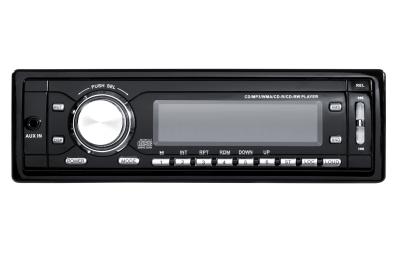
Frequency Modulation (FM) technology has technical limitations in car radios. When you are driving, you’ll notice that a station's signal becomes weaker the farther you drive from the broadcast mast. The signal gets stronger, clearer and has less static the closer you get. You may also notice static-like interference when you are in the city. With Amplitude Modulation (AM), you might notice even more static—particularly at night. There are steps you can take to eliminate static from a radio.
Extend your telescoping antenna fully.
Drive closer to the broadcast mast of the FM radio station you want to listen to, or retune to a new station.
Rescan if you experience static on FM. Static on FM is often caused by signal splitting--where a reflected signal hits the antenna as well as the direct signal. This can sometimes be eliminated with a rescan.
Rescan if you experience static on AM. Static on AM is often caused by reflection. Reflection is where the signal is reflected by the upper atmosphere; it occurs primarily at night. Two stations on close frequencies can interfere with each other when reflection is occurring.
Drive away from power lines and keep away from electric motors if you experience static on the AM band.
Bike racks and gear with a lot of metal can cause interference. Remove this gear when not in use to eliminate static from a radio.
Assess whether the static occurs on the same street or at the same time. If so, the static has an environmental cause, and the only thing you can do is to vary your route.